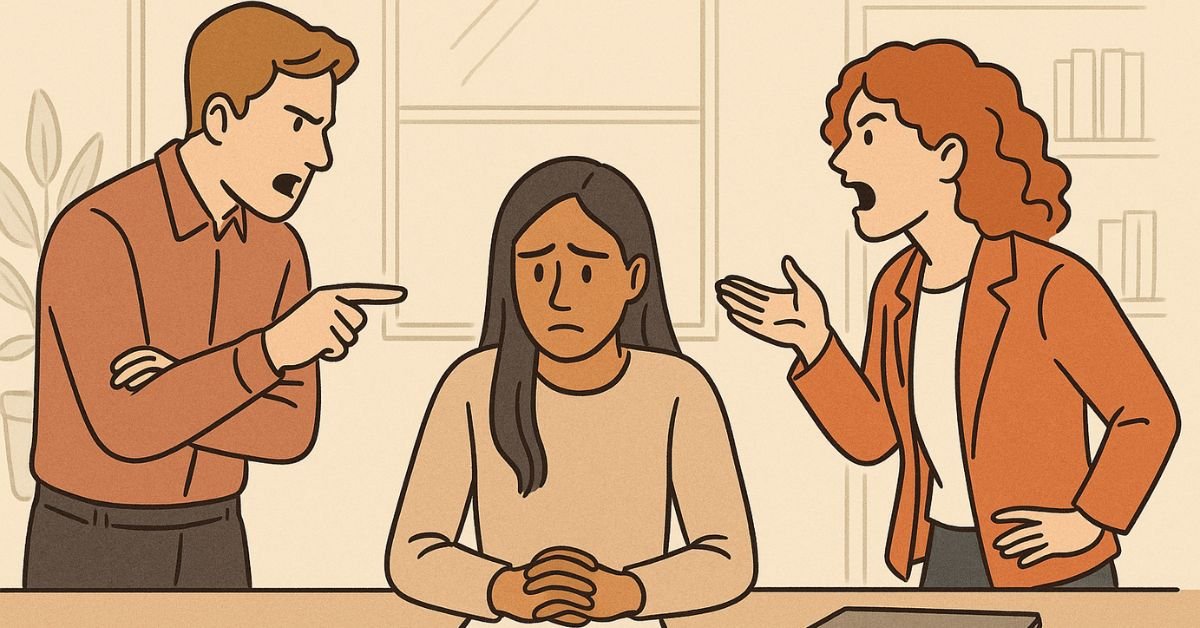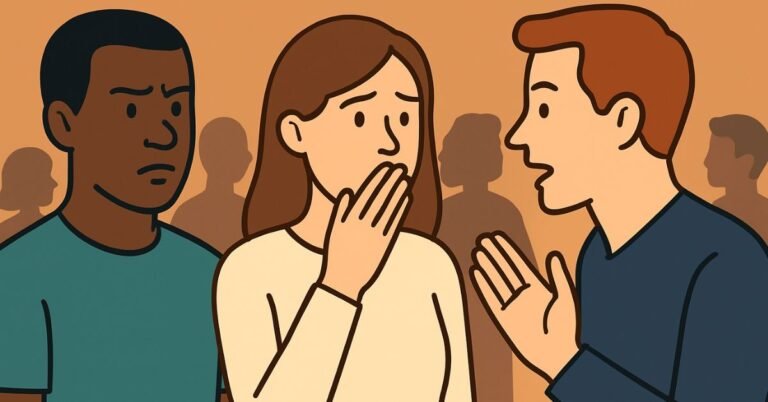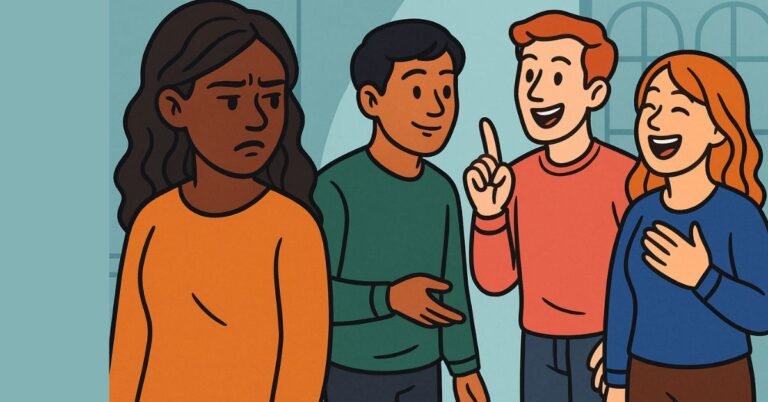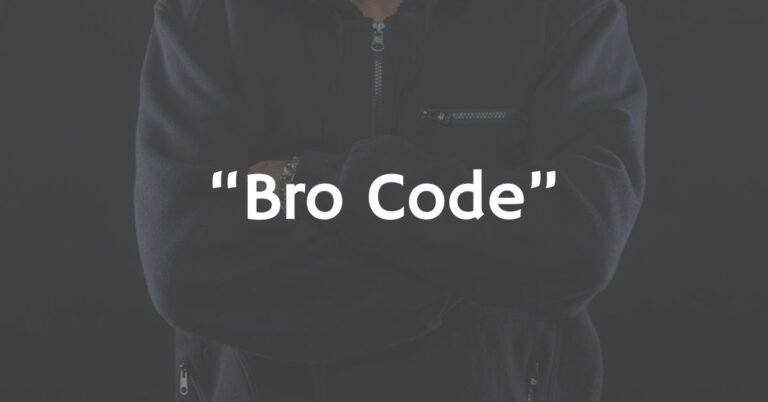Verbal Discrimination Examples: Understanding and Recognizing Bias in Everyday Speech
Verbal discrimination is often subtle, yet it can have a deep and lasting impact on individuals. It involves using language to treat someone unfairly based on characteristics like race, gender, religion, disability, nationality, or sexual orientation.
Recognizing verbal discrimination is the first step toward challenging it.
In this article, we’ll explain what verbal discrimination looks like, why it matters, and share real-world examples across different contexts.
What Is verbal discrimination?
Definition:
Verbal discrimination refers to biased or prejudiced speech that singles out, belittles, or excludes people based on aspects of their identity.
It can happen in schools, workplaces, public spaces, or even casual conversations. Sometimes it’s obvious; other times, it’s hidden behind jokes, “compliments,” or assumptions.
Why recognizing verbal discrimination is important
Even words that seem minor can:
- Create hostile environments where people feel unsafe or unwelcome.
- Reinforce stereotypes and normalize inequality.
- Damage self-esteem and mental health.
- Lead to legal consequences, especially in schools and workplaces where anti-discrimination laws apply.
Words have power and verbal discrimination can be as harmful as physical actions.
Common examples of verbal discrimination
Here are real-life examples of verbal discrimination based on different identity factors:
Race and ethnicity
- Telling someone, “You speak English so well!” (assuming they wouldn’t).
- Using racial slurs, even “as a joke.”
- Mocking someone’s accent or making comments like, “Go back to your country.”
- Referring to a colleague by their ethnicity instead of their name (“the Asian guy,” “the Black woman”).
Gender and sexism
- Saying, “You’re too pretty to be good at math.”
- Calling assertive women “bossy” but praising assertive men as “leaders.”
- Making sexist jokes that portray women as weak or emotional.
Disability
- Saying things like, “You don’t look disabled.”
- Using terms like “crazy,” “psycho,” or “cripple” casually.
- Talking over or ignoring someone with a speech disorder.
Religion
- Mocking someone’s religious clothing (e.g., hijab, turban, kippah).
- Asking inappropriate questions like, “Do you even believe in science?”
- Stereotyping based on religion (e.g., assuming Muslims are dangerous).
Sexual orientation and gender identity
- Saying, “You don’t look gay.”
- Making derogatory comments about pronouns or chosen names.
- Using slurs related to LGBTQ+ identities.
How to respond to verbal discrimination
If you witness or experience verbal discrimination:
- Speak up when safe: Politely but firmly say that the comment is not appropriate.
- Support others: Let the targeted person know they are not alone.
- Report it: In workplaces, schools, or public services, there are often formal reporting channels.
- Reflect: If you realize you’ve said something discriminatory, apologize sincerely and educate yourself.
Final thoughts
Verbal discrimination often flies under the radar, but it shapes how people experience the world.
By learning to recognize and challenge discriminatory language — whether obvious or subtle — we can build more respectful, inclusive communities.
Words matter. Choose them wisely.
Common questions:
It can be, especially in schools or workplaces if it creates a hostile environment or violates anti-discrimination laws.
It can be. Jokes that demean or stereotype others contribute to a discriminatory atmosphere, even if “no harm was intended.”
Verbal discrimination targets someone’s identity with bias. Verbal harassment focuses on hostility or aggression and may not always be tied to identity.







